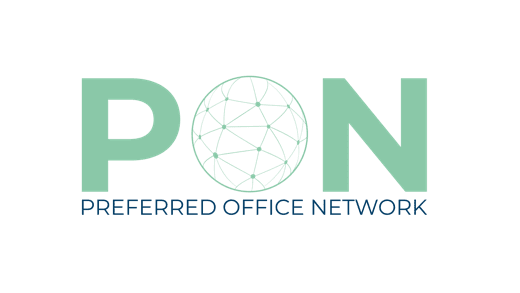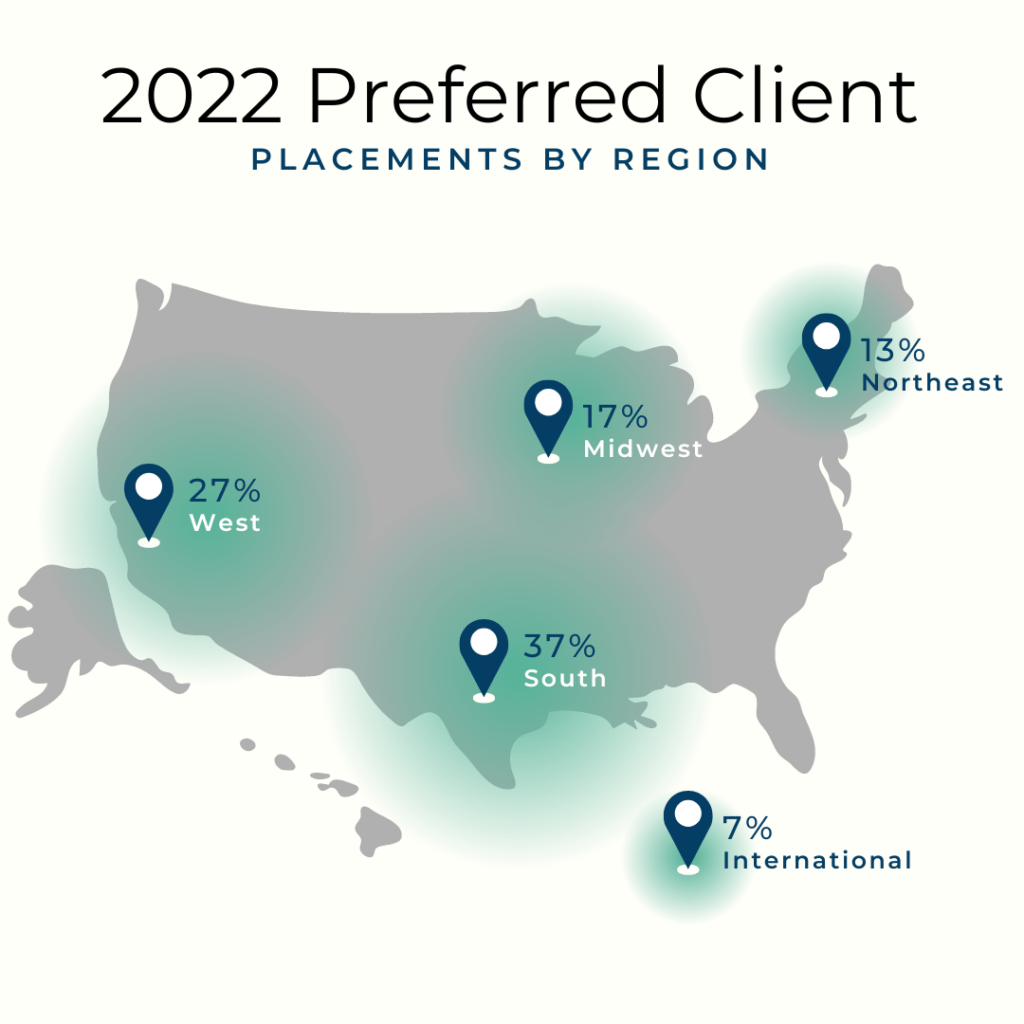
The Q4 Jobs Reports Review: How 2022 Impacted the Labor Market and What the New Year Has in Store
Now that 2022 is in the rearview, we can collectively start to assess what the past 12 months have meant for the global economic and employment outlook. As the world began to regain its footing after 2+ years of uncertainty brought about by the pandemic, the labor market rebounded with gusto, with 2022 going down in history as the second-best year for job development on record (the first is 2021, demonstrating the lasting impact the pandemic has had on employment).
According to the monthly jobs reports shared by the U.S. Bureau of Labor Statistics, 223,000 jobs were added to the U.S. labor market in December, for a total of 4.5 million new jobs created in 2022 (there were 6.7 million added in 2021).
Coupled with record low unemployment rates, rising wages, and an increasingly active labor force, the consistently strong pace of job creation should represent positive news for the employment outlook. However, the waters get a bit more muddy when factoring in current high interest rates, inflation, and the looming threat of a recession. As with much of the world’s recovery following the events of the pandemic, the situation is much more nuanced than it appears on the surface.
As a true partner to our clients, Preferred Office Network follows these economic and employment fluctuations closely to help offer companies a choice in where and how their employees work — a major determinant in talent attraction, retention, and engagement today. Here, we take a look at the top takeaways of the Q4 jobs reports and what these trends mean for the current labor market as well as the bigger picture shaping the future of work.
A Red Hot Labor Market Cools Off — And That’s Good News
With all of the jobs lost during the pandemic now regained — plus more than a million more created — the labor market has remained one of the most resilient aspects of an increasingly complex economic picture.
The October, November, and December jobs reports revealed one overarching trend: a gradual cooling off from the hyper-accelerated job growth of 2021 and early 2022. And, this is a positive development, at least from the perspective of the Federal Reserve, which is seeking enhanced job seeker participation, better alignment between open positions and available workers, and tempered levels of wage growth to slow down the inflation brought about by the rapid reopening of the global economy.
The Fed is starting to get its wish for a slower, more stable period, as demonstrated by the Q4 tilt towards steady but less pronounced job growth and improved labor force participation — the number of active workers and job seekers — which ticked up to 62.3% in December (a small gain from November’s 62.2%, but data that is heading in the right direction). These aspects reflect a more even playing field for employers and employees after the disruption caused by last year’s headline-making Great Resignation, in which workers left jobs in record numbers, only to often sit on the sidelines waiting for their next opportunity.
However, the number of available jobs — 10.46 million as of November — remains unsustainably high, with 1.7 openings for every job seeker. This imbalance results in employees seeking positions that offer higher wages, a factor that further drives up inflation. Even so, experts predict the Federal Reserve will slow its pace of rate increases, welcome news to a weary economy, concerned employers, and skittish employees.
To win the ongoing talent wars, companies must consider how to keep their current employees engaged, productive, and happy. By taking into account their workers’ full lives and what benefits matter most to motivate them today — led by flexibility and better life-work balance — employers are in position to attract and retain top talent for the long haul.
A Growth Mindset Perseveres
The largest employment gains in Q4 have been in industries that Preferred serves, such as professional and business services, financial services, government, healthcare, construction, and manufacturing. These supersectors continue to grow as the demand for goods and services advances despite a cooling economy.
When economic growth is examined by region, our own data also reflects that of the monthly jobs reports, with our client placements occurring where the nation is seeing the most momentum. In 2022, these areas included the South (37% of all client placements) and the West (27%), where many Americans have moved in recent years for a variety of reasons, including hot job markets, low unemployment rates, and reduced state income taxes. Preferred is also further establishing its international presence, with 7% of all client placements taking place in overseas markets.
How the Return-to-the-Office Debate Impacts Today’s Workforce
Employers have come to discover that today’s workers want the flexibility and freedom to work where and when they want — in fact, that adaptability has proven to be among the top reasons for determining if an employee stays at their company.
However, in the current U.S. job market, many employers have removed remote-work arrangements from their list of benefits. In an analysis of more than 60 million paid job postings on LinkedIn since January 2021, researchers found the peak for remote jobs was in March 2022, with more than 20% of all listings offering the option. But that surge came to an abrupt slump; in November 2022, barely 14% of paid job postings were aimed at remote applicants.
Clearly, companies are continuing to grapple with how to inspire their employees to return to the workplace, creating in essence culture wars between employer/employee and office advocate/remote work proponent.
We believe that the return-to-the-office debate doesn’t need to be a binary discussion. Both in-office and remote work are valid and are proven to be necessary for fostering a healthy company culture and effective employee collaboration. When dissecting the global economic and employment outlook for the future of work, it’s essential to include the myriad benefits of providing flexible workspaces that meet the demands of a changing workforce as an integral part of the conversation and a driving force for keeping employees engaged and the economy strong.
What Will 2023 Bring for the Economic and Employment Outlook?
The profound transformation of the ways in which we work is currently underway — changes not seen since the Industrial Revolution. These seismic shifts will continue to shake up the global economy and employment outlook, and the most successful companies will find innovative solutions to retain employees, remain competitive, and meet this historic moment in developing the future of work.
Even in an uncertain economy, employers have control over their workforce and the company culture they create. By cultivating such desirable employee benefits as internal mobility, upskilling and reskilling opportunities, and, yes, flexible work options, companies can stay on the cusp of emerging future of work trends.
As a leader in reimagining the workplace and the potential it holds for greater collaboration and connection, Preferred Office Network will continue to track these economic and employment movements to help provide our clients with workspaces that support strong companies and resilient teams.


